Blog
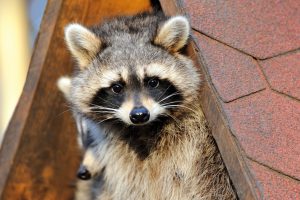
Signs You Have a Raccoon Problem
One of the most common and damaging nuisance wildlife problems is a raccoon infestation. Raccoons are curious and resourceful and have adapted to thrive in
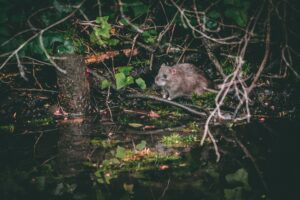
What Does a Rat’s Nest Look Like?
A rat’s nest is a messy collection of materials woven together in a ball. Typically, they are about four to six inches in diameter. Rats
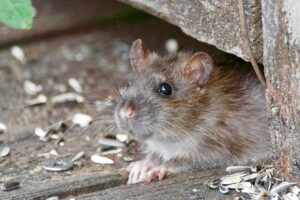
How to Get Rid of Rats Under House
If you have rats under your house, it is most likely Norway rats. Norway rats, also known as brown rats, have an instinct to burrow
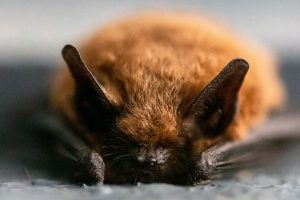
Are Bats Dangerous?
Bats are some of the unsung heroes of the animal kingdom. They are the most significant predators of night-flying insects, consuming pests such as fruit

Raccoon Crawling in Attic
The wildlife team in Orlando received a call from a concerned homeowner over strange noises. During the inspection, they found evidence a raccoon was in
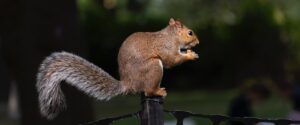
How Long Do Squirrels Live?
Almost everybody can recognize a squirrel by its bushy tail. Energetic and crafty, it can be entertaining to watch different species of squirrels in your
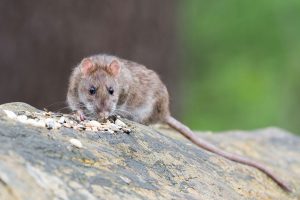
Can a Rat Chew Through Walls?
One reason rat infestations should be addressed quickly is because of the damage rats can cause with their teeth alone. Rats chew through numerous types

How do animals get into my home?
Your house is often warm and cozy places, so it’s no accident that animals wind up in our homes—like us, they need the warmth and
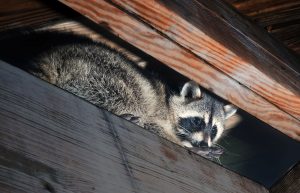
How do raccoons get into the attic?
Shelter, available food sources, and water can attract raccoons to your property. Once raccoons find a stable food source, they will look for safe shelter.
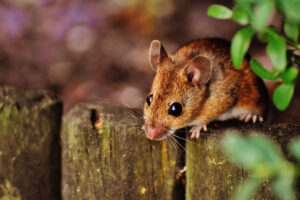
How to Deal With Nuisance Wildlife During the Holiday Season
The holiday season is here! As you prepare for the holiday season, we want to help you keep unwelcome guests from attending your family celebrations.
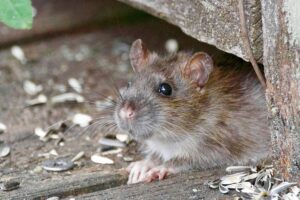
Unveiling the Destructive Power of Rats in Your Home
Rats are some of the most common and most destructive pests that could infest your house. 12% of households have seen rats or mice in
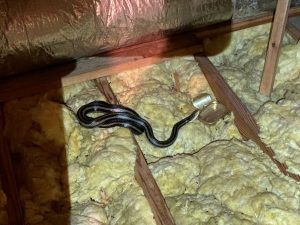
Can Snakes Climb? Finding Snake Skins in Attic
In Greenville, a homeowner heard the strangest sound in their attic. After an investigation, we found a snake skin in the attic! In South Carolina,


